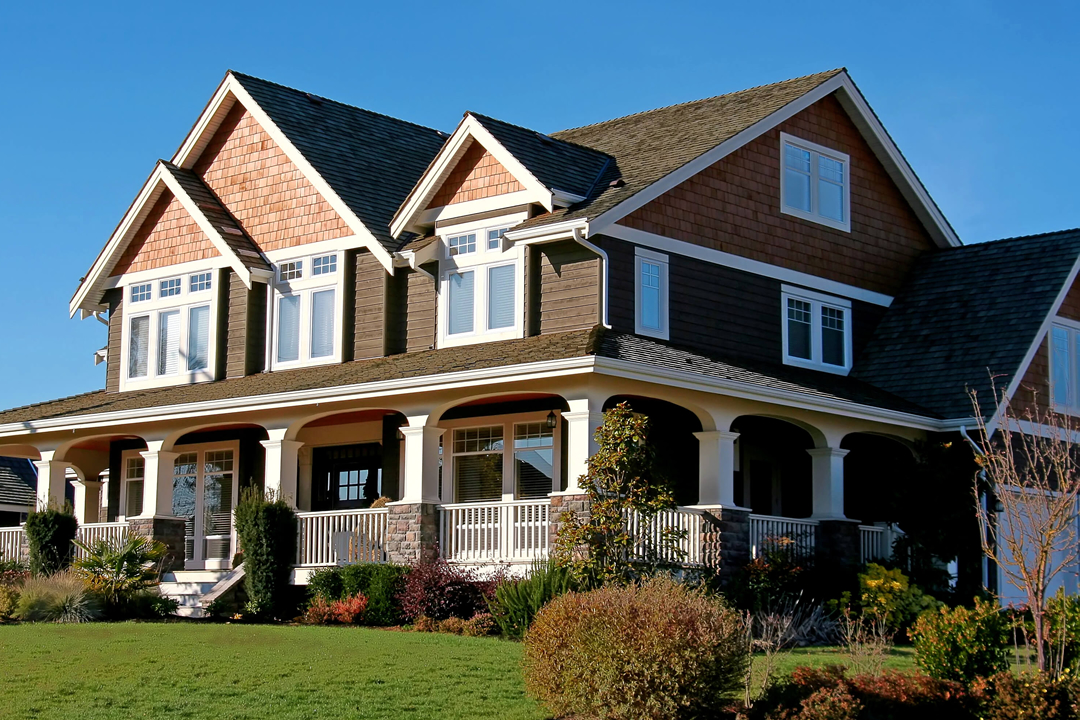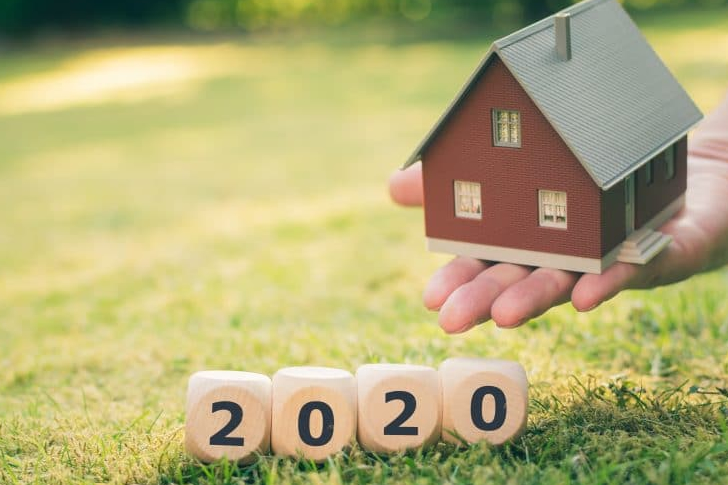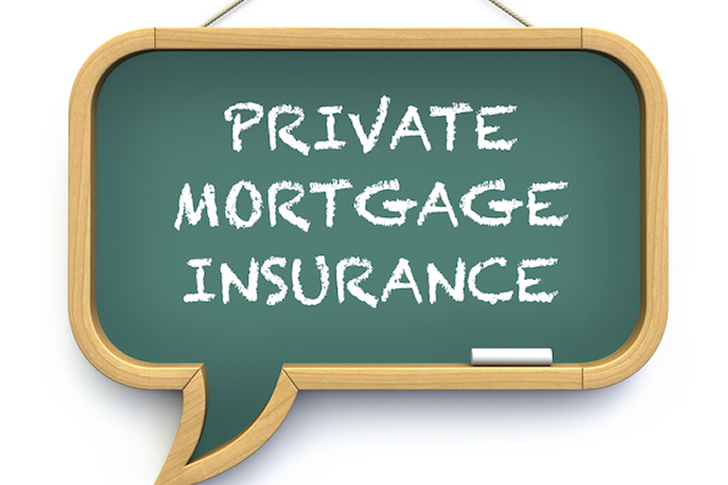
If you’ve set your mind to get a bigger, better, or more expensive house, you probably need to make a bigger mortgage. From here, the jumbo loan can enter the picture.
Availing of jumbo loans allows you to buy more while the traditional loan limits you. In fact, in some areas of the states, you can loan as much as $510,000.
New mortgage programs let you get a jumbo loan without the need to pay 20 to 30 percent down payment. Some lenders are even willing to hand you $2 million with only 5 to 10 percent down without needing mortgage insurance. Do you want to see how much house you can afford?
JUMBO LOAN
Availing of a jumbo mortgage means that the loan has surpassed the conforming loan dollar limit set in place – meaning that it has availed of a “non-conforming loan.” A person’s location in availing of the loan also helps determine the boundaries of jumbo loans applied for as it can vary depending on where the borrower is situated in America. Many of the jumbo mortgages require a 20 percent down payment. But with the new jumbo loans being offered these days, the down payment can go as little as 5 percent with no private mortgage insurance (PMI) required.
NEW 2020 LOAN LIMITS
The Federal Housing Finance Agency just announced new conforming loan limits for jumbo loans. The conforming limit is now $510,400. Anything above the said amount is considered a jumbo mortgage. For “high-cost” markets, the non-conforming conventional loan limit is set at $765,600.
Do note that the lower limit for jumbo mortgages is the upper limit of conforming loans.
In addition, according to Eric Jeanette, president of Dream Home Financing and FHA Lenders, jumbo loan lenders also set loan limits. Some will offer $5 million up to $10 million jumbo loans, depending on where your home is located.
PRIVATE MORTGAGE INSURANCE REQUIREMENT
Usually, mortgage loans that let the borrower pay a down payment that is less than 20 percent will also require a borrower to secure private mortgage insurance (PMI). This requirement applies for (most) conforming mortgages and jumbo loans alike.

A PMI is an insurance policy that is more focused on protecting the lender from losses if a borrower is not able to pay his debt or files for bankruptcy. Also, this policy can be quite expensive, more so for jumbo loans.
If being required to secure a PMI has also become a dreaded attachment to one’s loan agreement, with the new 2020 limit, some jumbo loans don’t need a 20 percent down and PMI.
JUMBO LOAN RATES TODAY
Jumbo loan rates are currently at a 30-year fixed rate with a mid-range of 3 percent for the most qualified borrowers with a good credit standing and 20 percent down payment. However, like all mortgage rates, jumbo loan rates vary based on different factors. Such factors to be considered are, knowing the loan type, amount of loan, and down payment. It is also important to consider the credit score, debt to income ratio, and reserves left after closing.
Jumbo mortgage rates, on the other hand, are roughly half a percent higher than the conventional rates. It is usually determined merely by qualifying for the 3.5 percent conventional loan, which the borrower might also be eligible for a 4 percent jumbo loan rate.
The reasons for an increased loan rate are when the borrower has a poor credit standing, alternative income documentation, and bankruptcy. Another reason also can be because you’re not paying for a PMI.
It should be no surprise that a higher interest rate on loans occurs due to less than 20 percent down and for not securing a PMI.

Based on Material taken from The Mortgage Reports
Photo Credits:
Liberty Financial
Arizona MOrtgage Lender
Loans 101
